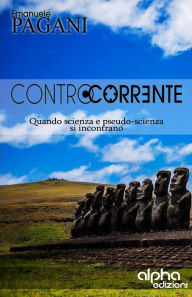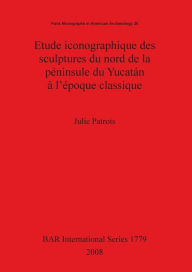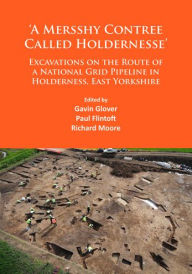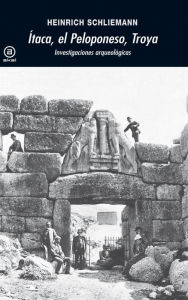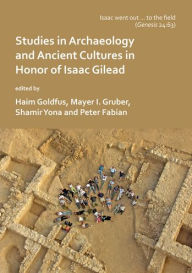Origin and Development of Form and Ornament in Ceramic Art. Fourth Annual Report of the Bureau of Ethnology to the Secretary of the Smithsonian ... Office, Washington, 1886, Pages 437-466.
Origin and Development of Form and Ornament in Ceramic Art. Fourth Annual Report of the Bureau of Ethnology to the Secretary of the Smithsonian ... Office, Washington, 1886, Pages 437-466.
by William Henry Holmes
23 Jan, 2019
For the investigation of art in its early stages and in its widest sense—there is probably no fairer field than that afforded by aboriginal America, ancient and modern. At the period of discovery, art at a number of places on the American continent
... Read more
For the investigation of art in its early stages and in its widest sense—there is probably no fairer field than that afforded by aboriginal America, ancient and modern. At the period of discovery, art at a number of places on the American continent seems to have been developing surely and steadily, through the force of the innate genius of the race, and the more advanced nations were already approaching the threshold of civilization; at the same time their methods were characterized by great simplicity, and their art products are, as a consequence, exceptionally homogeneous. The advent of European civilization checked the current of growth, and new and conflicting elements were introduced necessarily disastrous to the native development. There is much, however, in the art of living tribes, especially of those least influenced by the whites, capable of throwing light upon the obscure passages of precolumbian art. By supplementing the study of the prehistoric by that of historic art, which is still in many cases in its incipient stages, we may hope to penetrate deeply into the secrets of the past Less




